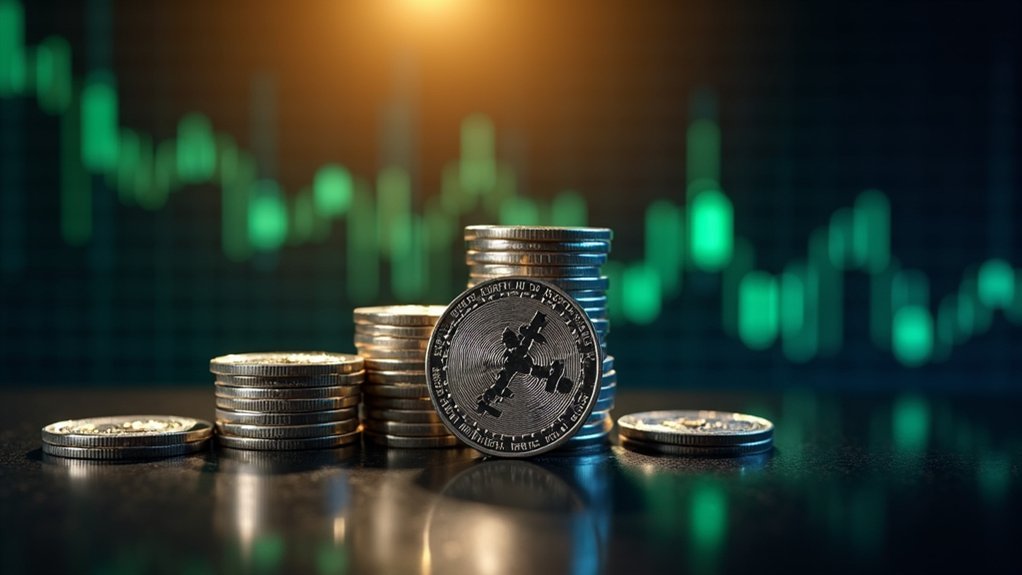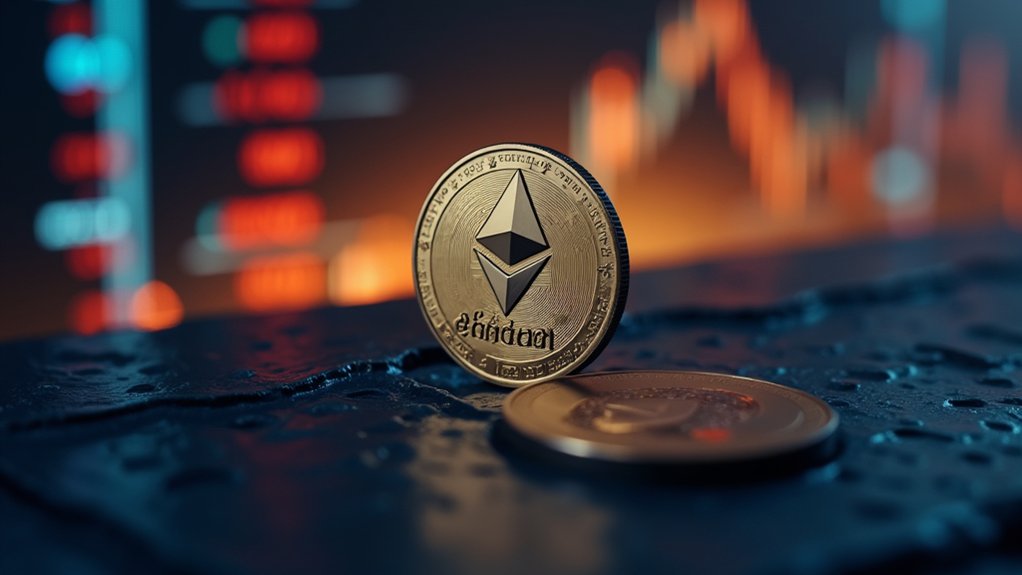How plausible is the rampant speculation that XRP will surge to $10 by 2025, given the relentless parade of overly optimistic forecasts that conveniently overlook persistent regulatory quagmires and market volatility? Market liquidity, often touted as a linchpin for such meteoric rises, remains precariously tethered to investor sentiment, which itself fluctuates wildly in response to fleeting news cycles and legal uncertainties. Despite technical indicators like the MACD and RSI flashing bullish signals and a double bottom formation hinting at a reversal, these are hardly ironclad guarantees; they exist within a market environment riddled with resistance levels stubbornly hovering near $3.00, a psychological and technical barrier not easily breached.
Investor sentiment, frequently inflated by speculative hype surrounding ETF approvals, risks becoming a mirage, as the legal landscape surrounding XRP—dominated by ongoing SEC battles—casts a long shadow over any genuine optimism. The promise of ETFs driving adoption and legitimization sounds compelling until one confronts the labyrinthine compliance challenges and global regulatory discrepancies that threaten to stifle market growth and, by extension, liquidity. The current bull cycle, while notable for lifting XRP above $2.50, must be contextualized within the broader volatility endemic to cryptocurrencies, where sharp reversals can erase gains with brutal efficiency.
Thus, the fixation on a $10 target, while alluring, disregards the nuanced interplay of market forces and regulatory inertia that collectively temper XRP’s ascent. Without sustained, clear regulatory clarity and robust, genuine adoption beyond speculative investor enthusiasm, claims of a tenfold increase remain, at best, speculative fantasy, demanding a more sober reckoning than the echo chamber of bullish forecasts permits. Moreover, businesses dealing with XRP must maintain meticulous record-keeping and compliance to navigate tax obligations effectively amidst this uncertainty.









